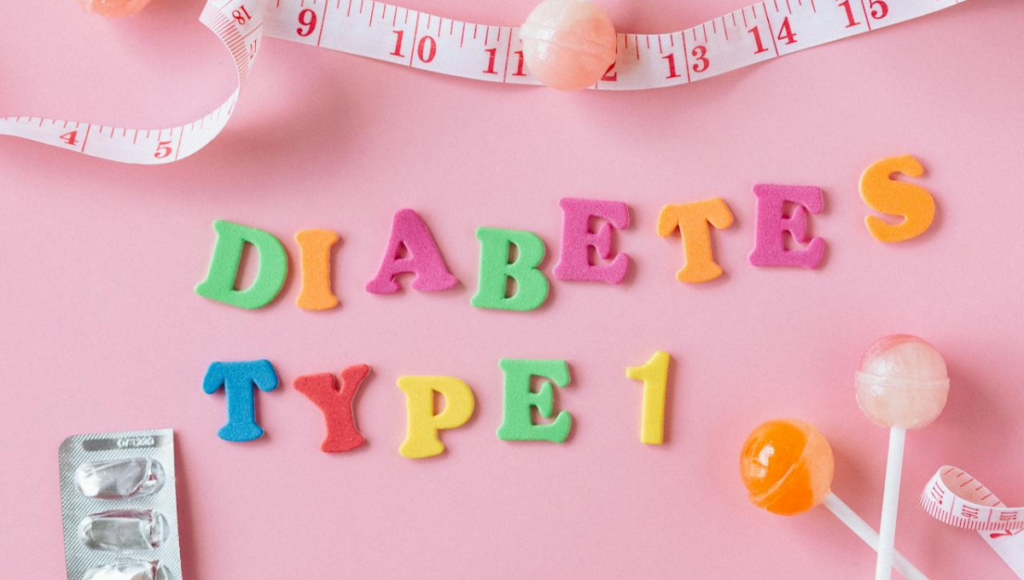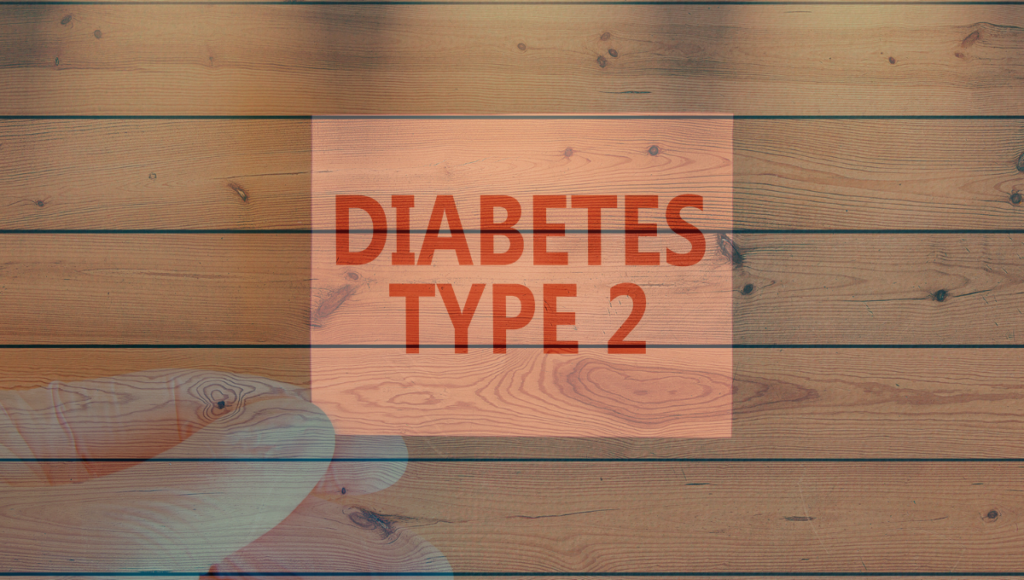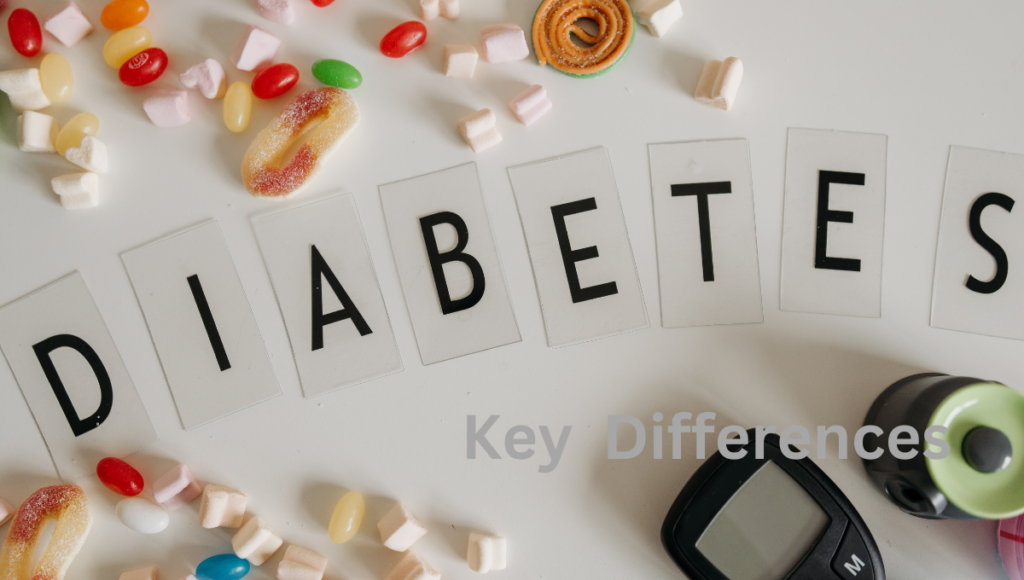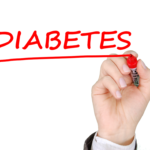Understanding Diabetes as a progressive disease
Diabetes is an incurable metabolic illness that impacts the body’s blood glucose consumption. While high blood sugar levels are a feature of both Type 1 and Type 2 diabetes, there are important differences in the two conditions’ causes, treatments, and risk factors. It is vital for understanding the differences in order to properly manage, cure, and prevent.
Diabetes Type 1 and Type 2 are two different diseases that affect the body’s ability to control blood sugar levels. While Type 2 diabetes is caused by an excess of insulin, which can be related to weight and lifestyle factors, Type 1 diabetes is a medical condition in which the body targets cells that produce insulin. To avoid serious health issues, both types need to be closely watched and managed. People can make more educated decisions regarding their health and well-being if they are understanding of their differences.
Not all types of diabetes are the same, but it is a life-changing disease that requires ongoing care. Although the origins, development, and management approaches of Type 1 and Type 2 diabetes change both may result in major consequences if treatment is not received. Early diagnosis and successful treatment depend on the ability to identify risk factors and early risk indicators. People with diabetes can live happy, healthy lives if they receive the right care and modify their lifestyle.
What is Type 1 diabetes

The illness known as type 1 diabetes occurs when the body’s immune system inappropriately targets and kills the beta cells in the pancreas that produce insulin. Blood sugar levels can become dangerously high if insulin is not present because glucose cannot enter cells to be used as food.
Particularly with Type 1 diabetes, an understanding of the disease is necessary for both the initial identification and efficient treatment. Usually developing in early teenage years, this kind of diabetes requires daily insulin treatment. Living a healthy life with the condition requires knowledge of its causes, symptoms, and available treatments because it cannot be cured.
Type 1 Diabetes Causes
- This term reaction: Digestive cells are attacked by the body’s immune system.
- Family history and familial factors are involved.
- Causes that are environmental include viruses and other unidentified causes.
Type 1 Diabetes Symptoms
- urinating frequently (polyuria)
- High levels of thirst (polydipsia)
- Weight reduction that cannot be explained
- serious hunger
- Lack of energy and irritation
- Vision blur
Treatment and Handling
Insulin therapy is necessary for the management of Type 1 diabetes throughout life. The main forms of treatment consist of:
- Insulin pumps or insulin injections
- a continuous glucose monitor or continuous glucose monitoring
- Counting carbohydrate to maintain stable blood sugar levels
- Engaging in regular exercise to increase insulin sensitivity
Type 1 diabetes has a currently unknown cure, thus early identification and treatment are mandatory.
What is type 2 diabetes

kind 2 diabetes, which is the most prevalent kind of the disease, is brought on by either insufficient insulin production or insulin resistance. In contrast to Type 1 diabetes, the body’s cells do not react well to insulin, even though the pancreas continues to generate it.
The reasons for type 2 diabetes
- One of the main risk factors for diabetes is being overweight or obese.
- An inactive lifestyle: Being inactive raises your risk.
- High intake of processed meals and sugar-filled beverages is suggestive of a poor diet.
- Risk is influenced by hereditary factors and family history.
- The metabolic syndrome is characterized by elevated blood pressure, increased cholesterol, and increased body fat.
Type 2 Diabetes Symptoms
- Urination problems and increased thirst
- Depression and tiredness
- Regular infections or injuries that don’t heal quickly
- Vision blur
- Patches of dark skin (acanthosis nigricans)
Medication and Managing
In against Type 1 diabetes, Type 2 diabetes can usually be controllable with lifestyle changes. Options for treatment include:
- Healthy diet: foods high in fiber and low in carbohydrates.
- Exercise regularly naturally lowers blood sugar.
- Oral drugs: Diabetes is frequently administered.
| A feature | Diabetes Type 1 | Diabetes Type 2 |
|---|---|---|
| Reason | Beta cell immune system damage | Diabetes resistance or insufficient utilization of insulin |
| Beginning | Unexpected, usually during either childhood or teenage years | gradually, regularly in individuals over 40 |
| Dependency on Insulin | requires ongoing insulin treatment. | Insulin may not be needed at beginning. |
| Avoidance | Uncontrollable | Changes in lifestyle can help reduce |
| Risk Elements | Family history and illnesses such as autoimmune causes | Genetics, a lack of physical activity, poor diet, and overweight |
Prevention and Risk Factors
Risk Factors for Diabetes Type 1
- Type 1 diabetes in the family
- Self-antibodies present
- Suffering from to specific viral illnesses
- Location (more prevalent in colder climates)
Risk Factors for Diabetes Type 2
- Being fat or overweight
- A inactive way of living
- Unhealthy eating patterns
- Diabetes in the family
- increased levels of cholesterol and blood pressure
How to Avoid Type 2 Diabetes
- Eat a balanced diet to keep your weight in check.
- Exercise on a regular basis for at least 150 minutes per week.
- Avoid clear of processed foods and high sugar intake.
- If at risk, keep an eye on your blood sugar levels.
- Restrict your consumption of alcohol and stop quit smoking.
Diabetes Problems
Serious effects from uncontrolled diabetes can include:
- Heart attacks and strokes are more likely to occur in people with heart disease.
- Damage to the nerves that results in discomfort, weakness, and the loss of a leg is known as neuropathy.
- Nephropathy, or kidney disease, can lead to kidney failure.
- If left untreated, eye damage (retinopathy) might result in blindness.
- Infections and foot ulcers: In extreme situations, operation may be necessary.
Identification and Examination
The following tests are used by doctors to diagnose diabetes:
- After an 8-hour fast, the Fasting Blood Sugar Test measures blood sugar levels.
- The average blood sugar levels for the previous two to three months are provided by the A1C test.
- The Oral Glucose Tolerance Test (OGTT) assesses the body’s reaction to sugar.
- Blood sugar levels can be checked at any time of day using the Random Blood Sugar Test.
Managing Diabetes
Good management is important for maintaining a high quality of life, depending on whether diabetes is Type 1 or Type 2. Many diabetics have busy, happy lives when they receive the right care. Here are some important guidelines:
- Regularly check your blood sugar levels.
- Eat a well-balanced diet that is low in processed carbohydrates and high in fiber.
- Maintain an active lifestyle to increase insulin sensitivity.
- Control your tension to avoid blood sugar increases.
- As suggested by your physician, take your prescription medication as directed.
Research on Diabetes and Upcoming Treatments
Researchers are still looking at possible cures and new treatments for diabetes. Current studies focuses on:
- Automated insulin delivery using artificial pancreas technology.
- insulin-producing cells can be restored using stem cell treatment.
- new medications taken orally that improve glucose regulation.
- Gene therapy to change genetic disorders that cause diabetes.
In conclusion
Type 1 and Type 2 diabetes have different causes, treatments, and management techniques, considering having similar symptoms and results. While Type 2 diabetes happens to be linked with lifestyle factors and can be cured or controlled with diet and exercise, Type 1 diabetes is a genetic condition that requires treatment with insulin. People can take active steps for management and prevention by being alert of the imbalances.


